It was the rocks, they did me in.
Despite having trained harder for this race than any other 50k under my belt so far, I finished the Yakima having felt like I was put through a meat grinder. A six week base of fifty plus mile weeks, culminating at seventy before tapering, had me feeling great regarding the distance, and the elevation work had been put in as well. I was confident. Aiming for a podium spot, I was probably too confident. Kidding myself about a sub five hour finish, I was definitely too confident. To be honest, those were my goals. Thankfully I had one goal above all of those, and one that will hopefully stick with me throughout all of my races to come: To finish well. So what does that mean? Probably different things to different people, but I define it by my ability and desire to keep running after the race is over, to have the energy for dynamic stretching, to be injury free, and to be nowhere near a hydration or caloric deficit. Currently I am writing this report two days post race, and while I believe I achieved nearly all of those goals with flying colors, my right knee does feel a bit worse for wear.
Everyone tends to talk about the Yakima 50k as being one of the hardest races out there for that distance, and it would seem the difficulty is emphasized in three areas: Elevation change, exposure to the sun, and profile (that is, the amount of elevation change for the distance). My Suunto Ambit 3 gave me a reading of 10,095 ft elevation gain (and loss) for 31.2 miles. These readings did not surprise me, nor did the exposure, but the terrain itself, this is what I had underestimated. In all fairness, Rainshadow (the race organizers) did mention this in brief, and encouraged wearing shoes with rock plates. It wasn’t the rocks that I underestimated, however, but the technicality.
Having scouted the courses first ascent the night prior, I knew I would want to get ahead of the pack as early as possible, even if this meant stronger runners passing me later on, because the course bottlenecks almost immediately. Within one half mile, runners approach a suspension bridge only wide enough for one person, and are afterward promptly greeted by the first of four major ascents, each approximately two thousand feet in two miles. Not wanting to get stuck behind a long train of hikers, I quickly entered into a good slot at third from the lead, then second, and by the start of the climb into first place. This, of course, means nothing at the first mile, and everything at the last. I had a long way to go.
I held this position throughout the duration of the climb. Topping out, the course begins a long rolling summit traverse along a rocky, but easily navigable jeep road. Good company began to build up around me as I settled into a second place position with Paul Weeks now leading the pack and Mike Wolfe, who would later go on to win the race, hot on my heels. We remained in this order for some time, until the third ascent, just after our turnaround point at aid station two. From here until the final descent I gradually fell back into eighth place, digging deep for motivation, and reckoning with reality.
Where I went astray was on the first half, namely the second descent. After three extremely near missed paramount falls, due to catching my toe on various rocks, I ought to have stepped aside, fallen behind in rank, and conserved my energy for the back half. Physically tripping on a run is usually a good indication of needing to pull in the reins. Mike Wolfe was still close behind me, and witnessed each of my recoveries, exclaiming that it was impressive to see how I was able to catch myself. He was a great guy to run with, and maintained good company, but despite politely declining my offers to let him pass I knew him to be the stronger runner. I could feel it. By looking at his impressive resume of accomplished first ascents, descents and finishes it’s a wonder he hung around me at all. Despite gunning out early, I hold to my original resolve to run the Yakima tenaciously, but readily agree it was foolhardy to get caught up in someone else’s pace. That is where I went wrong.
Instead of easing down the trail, I powered on, tip-toeing my way over large boulders, between sharp rock fins, and around hairpin turns all within a narrow, rutted single track. Adding to the difficulty, if bristled sagebrush wasn’t obscuring my next steps, the wind took over by causing my eyes to water. The technicality of it tried my stabilizers and blistered my feet with every smeared and awkward hurried foot strike. To one degree or another, it appeared most runners took this decent hard, and many found solace in one another’s perseverance through the intense muscle spasms, leg cramps and nausea soon to follow.
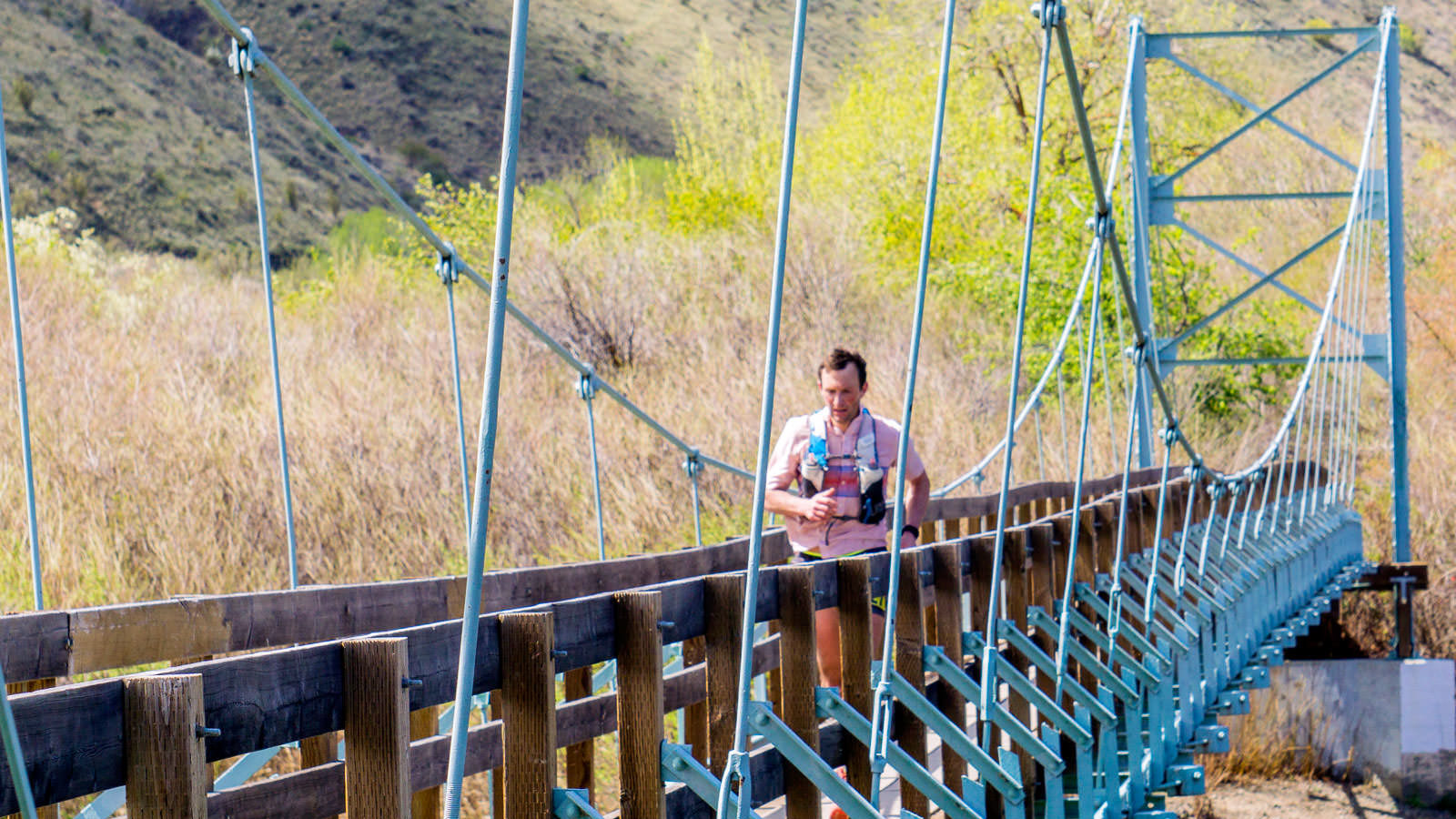
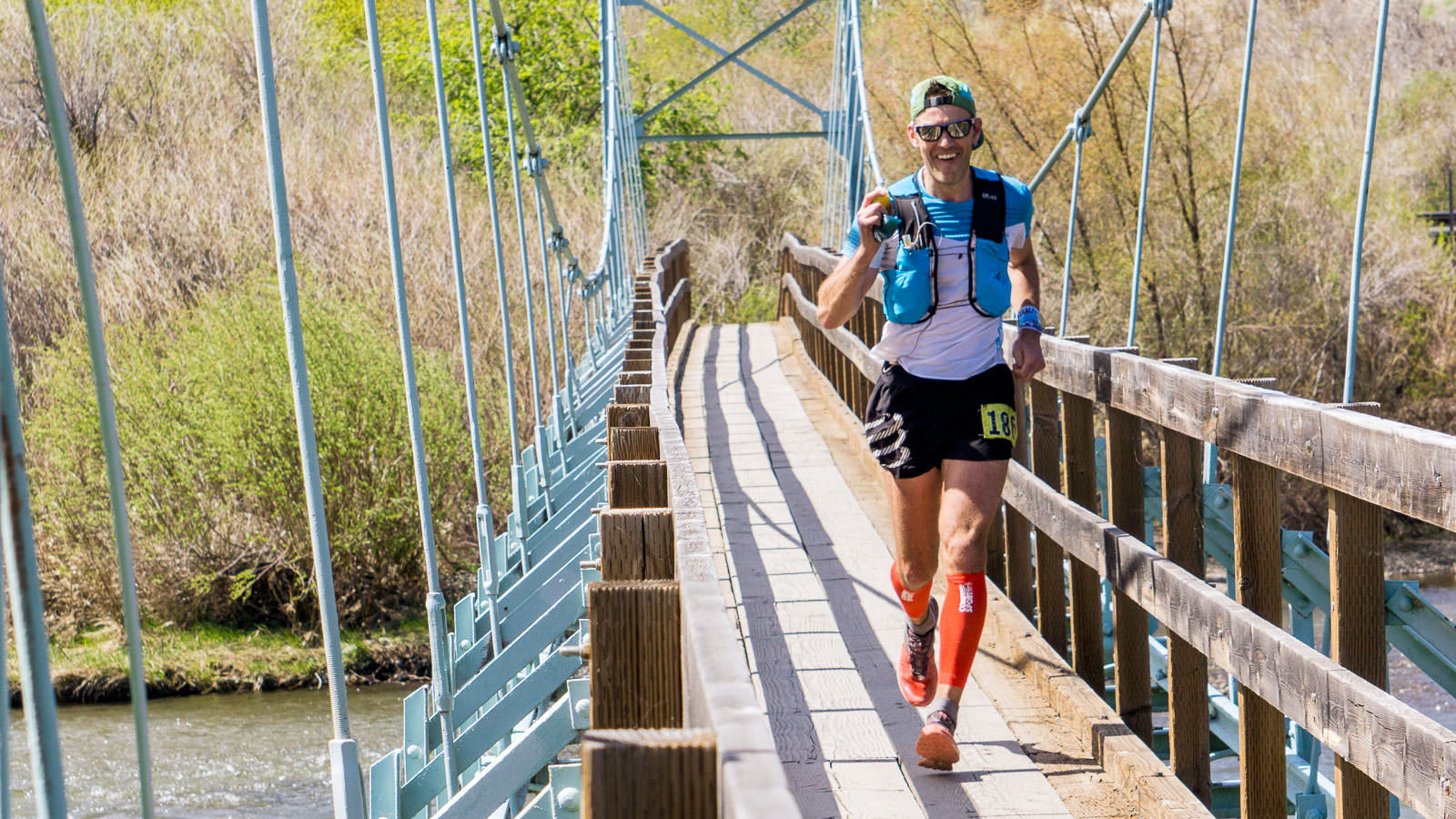
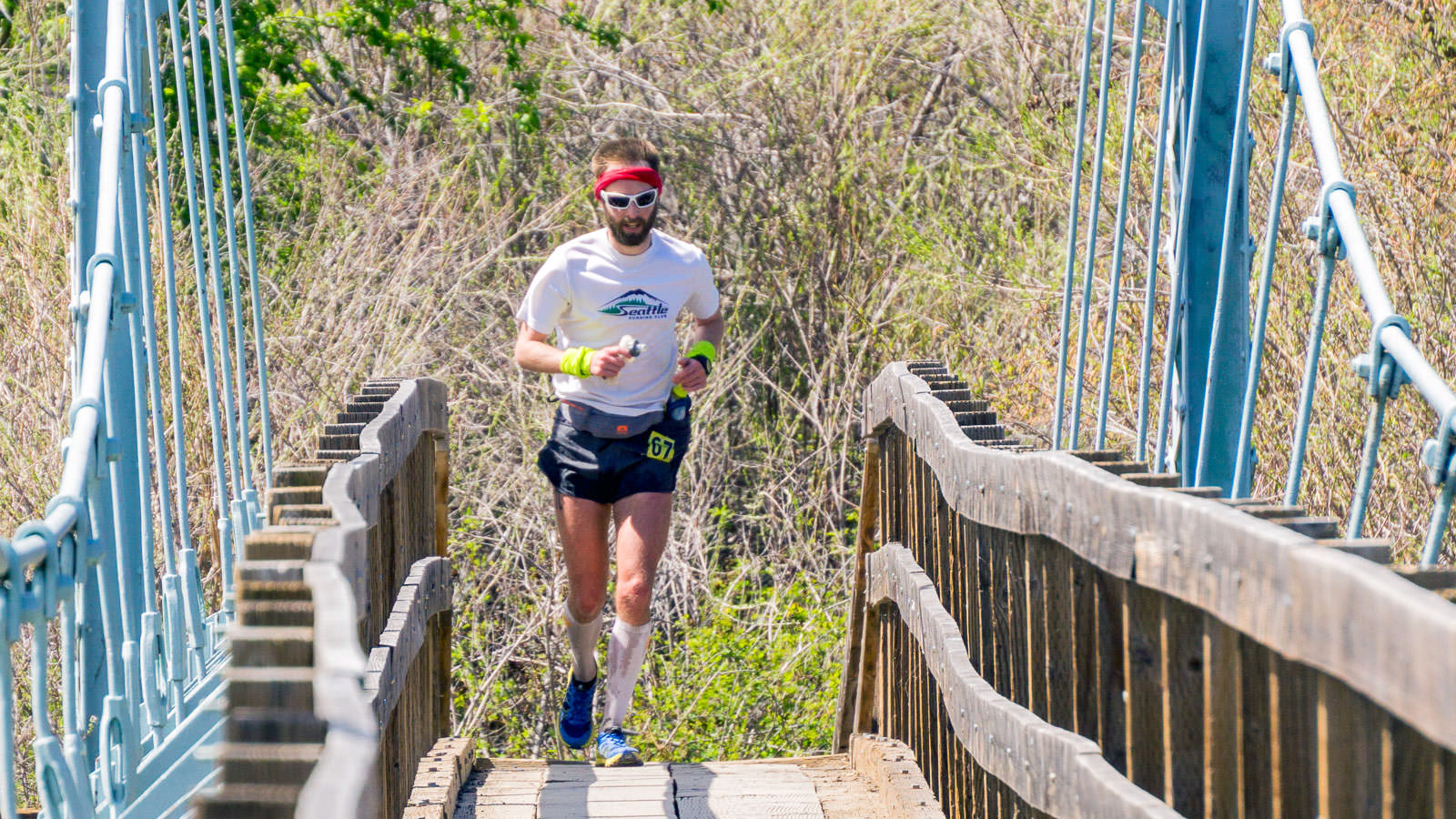
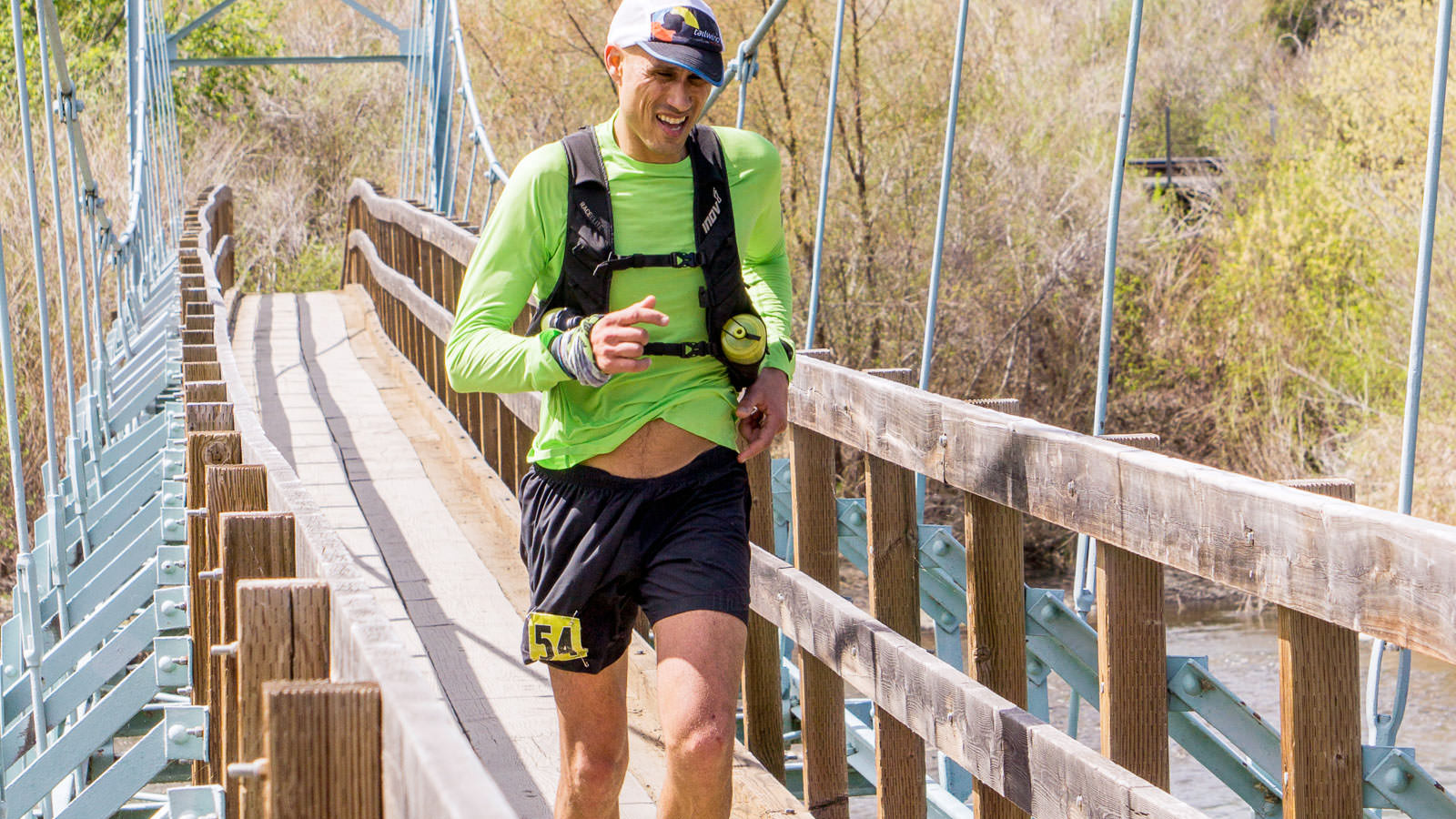
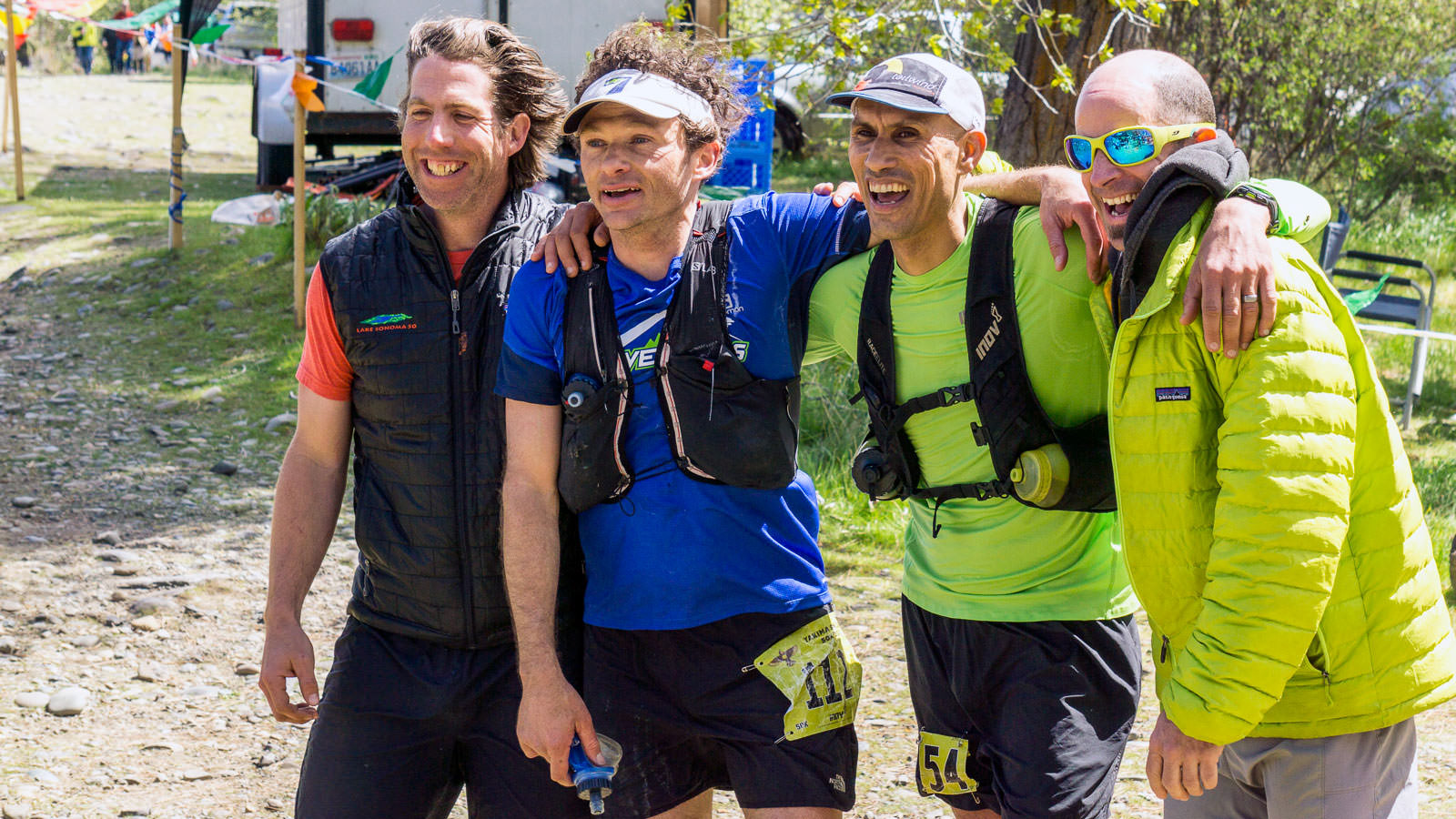
At this point I knew I wasn’t going to win any awards or accomplish my top goals. I had made it to the turnaround in under two and a half hours, and while this goal had been achieved, I knew it couldn’t be duplicated. The blues began to set in. It is rare for any runner not to have a low point in a race, so mine came without surprise. Because I was waiting for it, I think I got over my self pity more quickly. After a couple of minutes the gears had shifted. No longer did time or place hold sway over my morale. Remembering my original goal to finish well, I pressed on, staying in the moment as best I could. My focus turned from myself to encouraging others, and this in turn became an encouragement to me. It’s awesome how positivity works to benefit everyone. Over the remaining miles, and thousands of feet, I found some wonderful camaraderie with Andrew Lester, Mike Garcia, and Yassine Diboun. A huge thank you and congratulations to those guys!
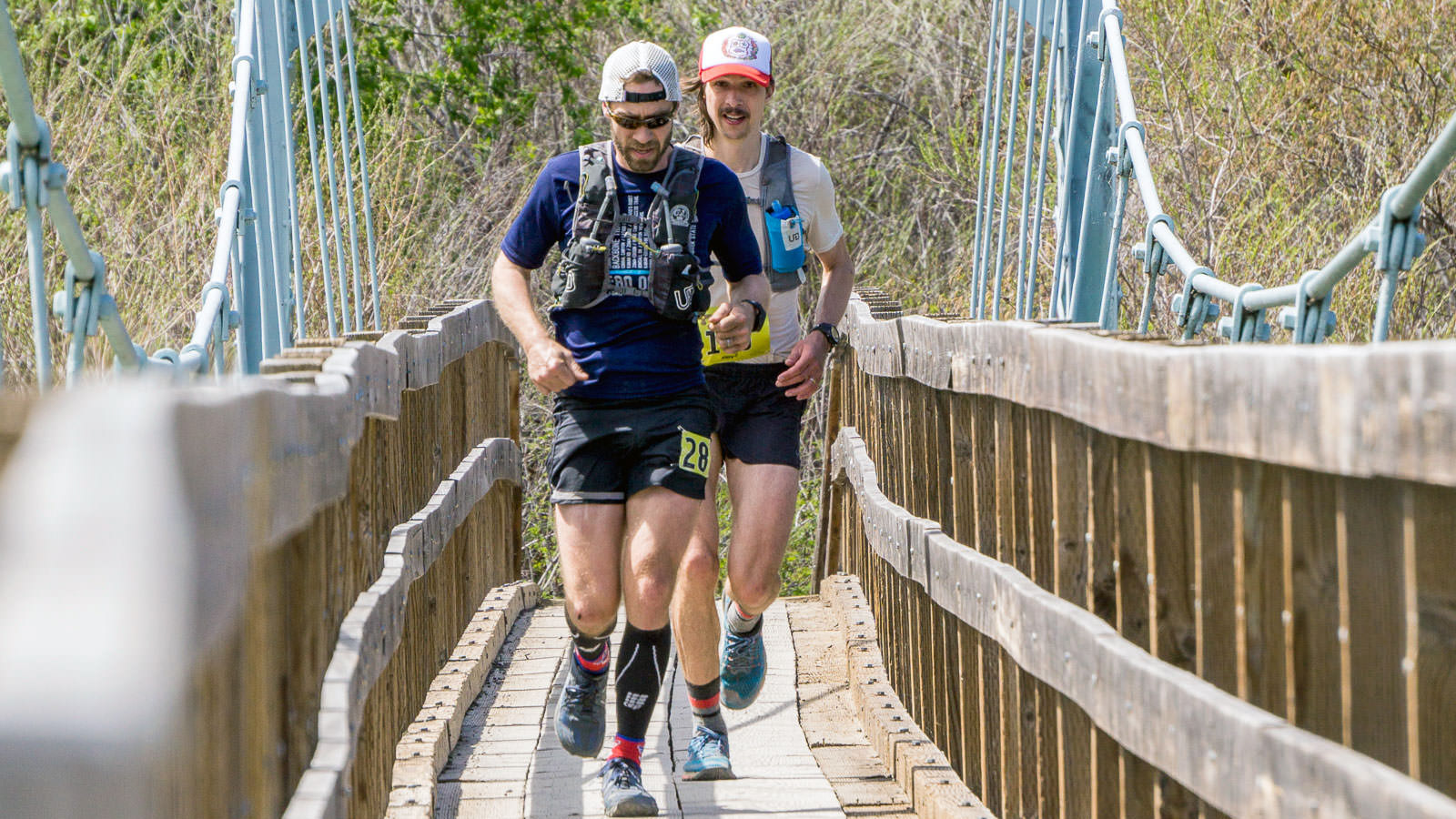
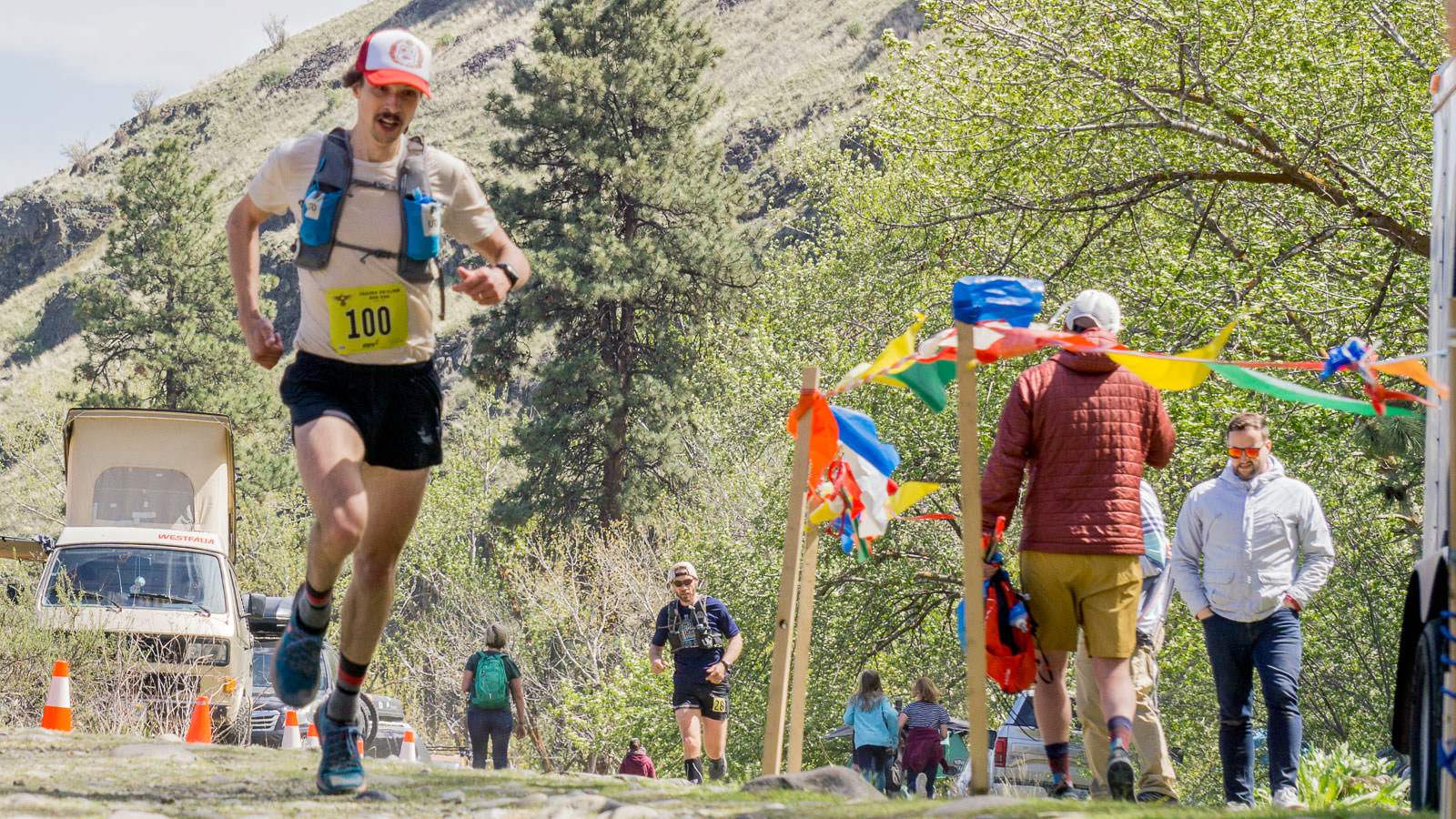
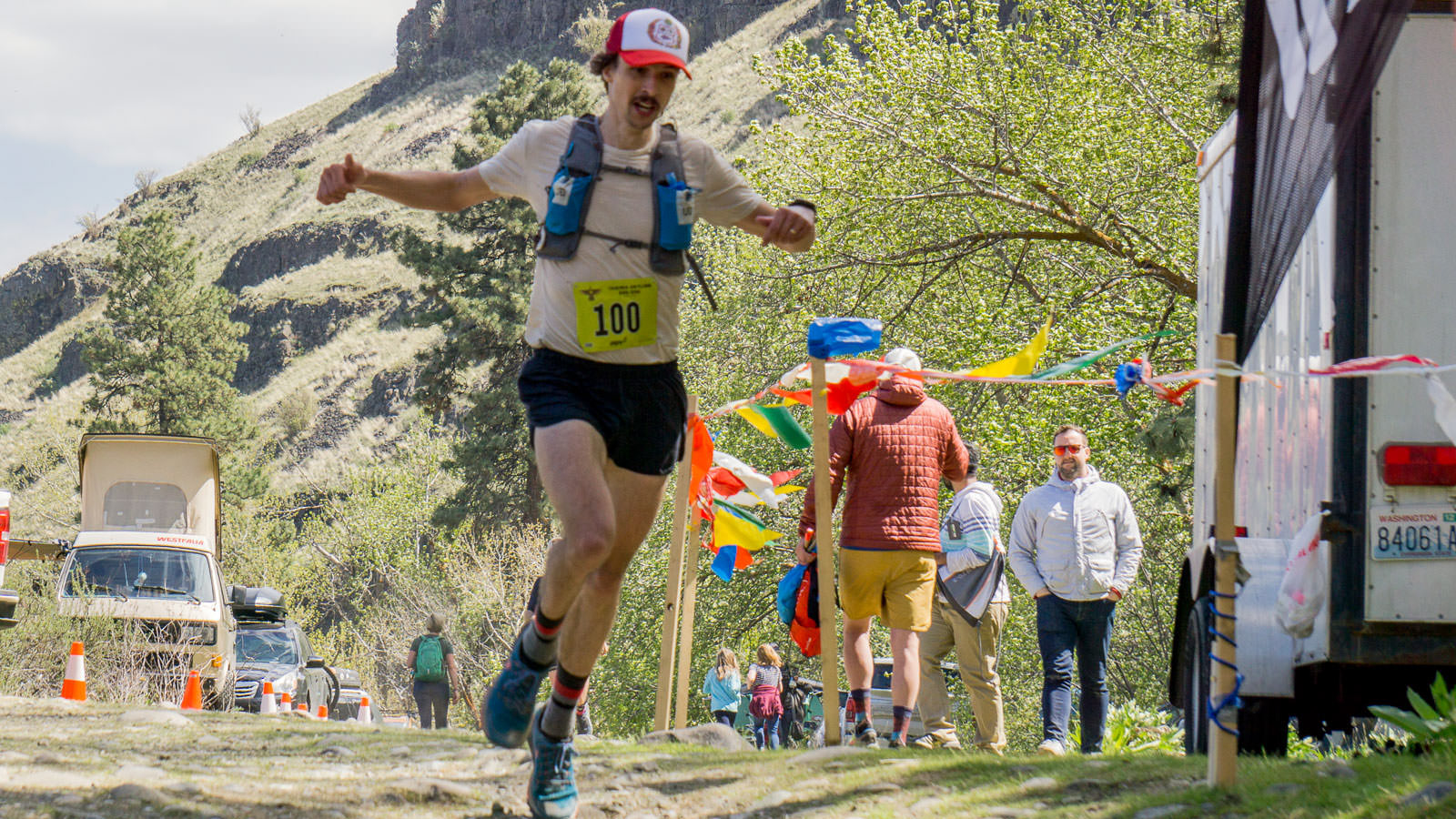
My finish time was five hours, forty two minutes and thirty three seconds. I feel sure that my nutrition and hydration were absolute key factors to my finishing well, and especially believe my legs would have seized up on the final descent (a two thousand, two hundred foot drop over two miles) had I not taken salt tabs along the journey. My primary fuel were Hüma Gels, of which I consumed six. Additionally I ate one Skout bar, three slices of watermelon, three salt capsules, one pickle, one Nuun, and drank one hundred and twelve ounces of water throughout the course of the race. So as I said, I feel I ultimately did well, and hold to a desire to do better.
View my Yakima Skyline 50k Strava here: https://www.strava.com/activities/1523439253
